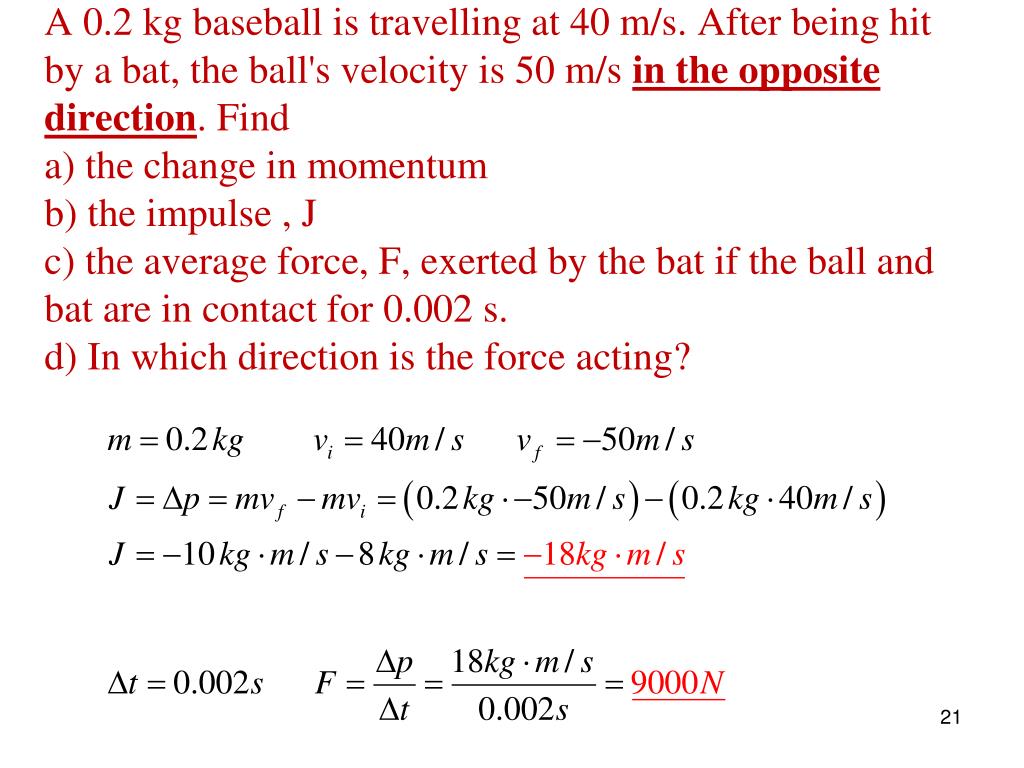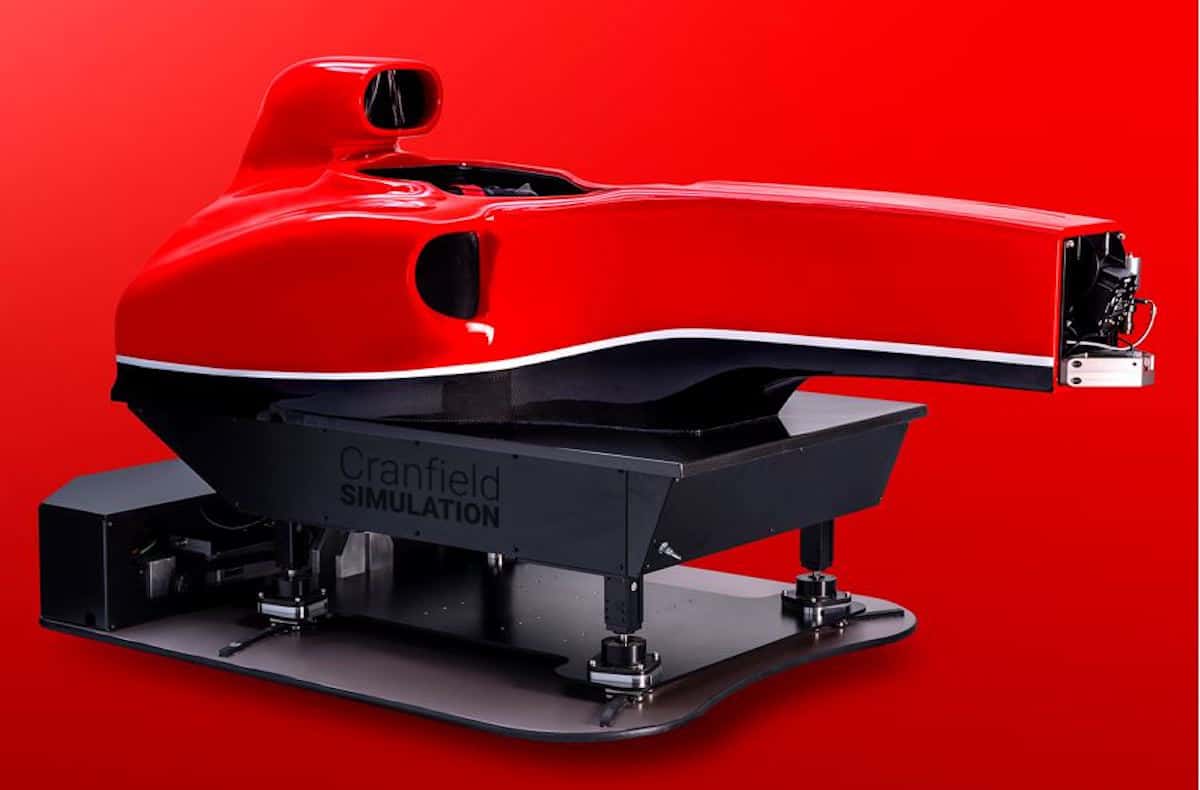

#Average g force formula 1 drivers
This physical pressure is one of the reasons why NASCAR drivers need to be in peak physical condition. T hey can compress the driver’s body, straining muscles and making it more challenging to control the vehicle. G-forces impact not just the car but also the driver. These forces are especially pronounced in NASCAR due to the high speeds and frequent changes in direction characteristic of the sport. For instance, when a NASCAR car speeds up, slows down, or turns, it generates G-forces. A ny change in speed or direction can result in G-forces. Despite the name, it’s not just about gravity. G-forces, short for gravitational forces, refer to the type of acceleration that causes a sensation of weight. This article will explore what G-forces are, why they’re crucial in NASCAR, and the astonishing impacts they have on drivers as they maneuver their vehicles at breathtaking speeds around the circuit. This intense physical pressure necessitates robust safety measures and rigorous physical training for the drivers.

They can face up to 3-4Gs in high-speed turns and over 30Gs during crashes.

NASCAR drivers experience varying G-forces depending on their speed, track design, and maneuvers. One of these forces is gravity, or more specifically, G-force, a type of acceleration that causes a perception of weight. They’re grappling with powerful invisible forces that can make or break their performance in a race. In the world of NASCAR, drivers aren’t just battling each other on the track.


 0 kommentar(er)
0 kommentar(er)
